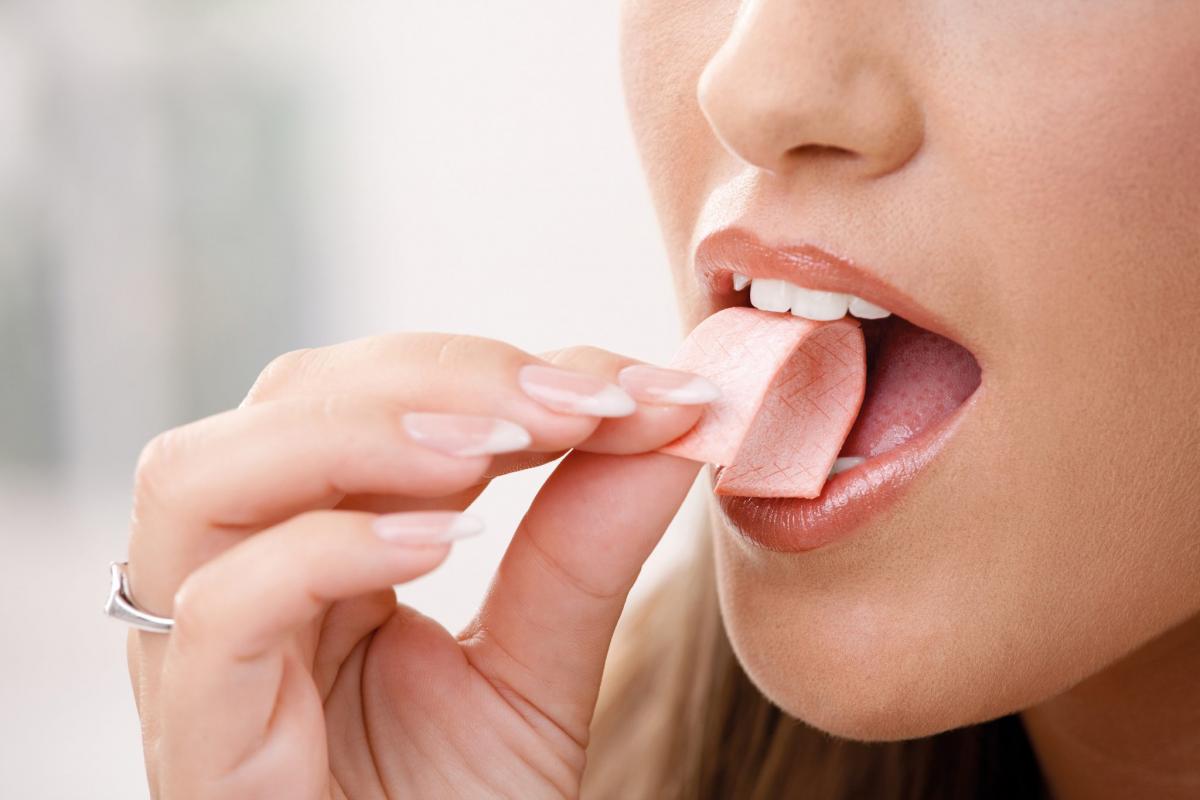


There is evidence that chewing gum, in one form or another, has been around since the Neolithic period - with our ancestors reaching for a variety of squishy substances to appear nonchalant whilst leaning on a cave wall watching the world go by.
Tree resin, plant roots, blubber, sap, betel nuts and tobacco leaves have all been used by ancient peoples to improve oral health, as appetite suppressants but mainly to appear cool.
Commercialisation of chewing gum came about in America when New England settlers witnessed Native Americans chewing resin made from the sap of spruce trees or tobacco leaves.
This inspired John Curtis, in1848, to develop and sell The State of Maine Pure Spruce Gum - made out of paraffin wax. In those days people would dip their gum repeatedly into a plate of powdered sugar to maintain sweetness.
The cool image of chewing gum was popularised by American GIs during the Second World War who had chewing gum included in their rations.
In movies the main use of gum is to stick a mirror onto the end of a bayonet to spot that German machine gunner above the trench line.
By the 1960s, gum manufacturers began to use synthetic rubber as the base as a cost cutting exercise.
At around the same time, manufacturers began pointing out the joys of bubble blowing, leading to the creation of chewing gum’s brash younger brother ‘bubble gum’.
Ask a gum scientist about the differences between the two and she (or he!) will tell you that bubblegum uses a gum base with a higher molecular weight to allow the elasticity of gum polymers to form a bubble.
It’s also a scientific fact that talking about bubble gum does not make you appear as cool as actually blowing bubbles with it, in much the same way that explaining a joke is not as funny as telling one.
And talking of not funny - whilst being undeniably cool, chewing gum can also be an enormous pain in the arse, especially if it gets stuck to your trousers, in your hair or anywhere else. In fact getting gum stuck in your hair is almost the worst thing that can happen to you as a child.
The only solution is to either trap your hair in the freezer and spend three hours crouching on the kitchen floor before the gum hardens enough to allow you to belt it with a hammer and shatter it off or to attempt a radical reworking of your hairstyle by cutting out a section and then passing it off in the playground as an edgy new asymmetric trim that’s too hip for them to understand… which is why they are laughing and pointing at you.
Just to be clear, this happened to a friend, not me… OK? Anyone who has ever had the misfortune to peer under a school desk will have had to supress a retch after spotting layers of caked on gum stuck to the underside. Never, ever, touch the underside of a school desk. Various myths surround the swallowing of chewing/ bubble gum including the enduring one that if you swallow gum it will stay in the human stomach for up to seven years because it’s indigestible. However, unless you are swallowing large wads of it on a daily basis, there is little truth to this myth. There are several cases of people who did swallow large wads of it on a daily basis, including a four-year-old who swallowed up to five pieces a day. Unsurprisingly, he had a two-year history of constipation with the gum mass and impacted food creating a solid blockage. Please…don’t have nightmares.